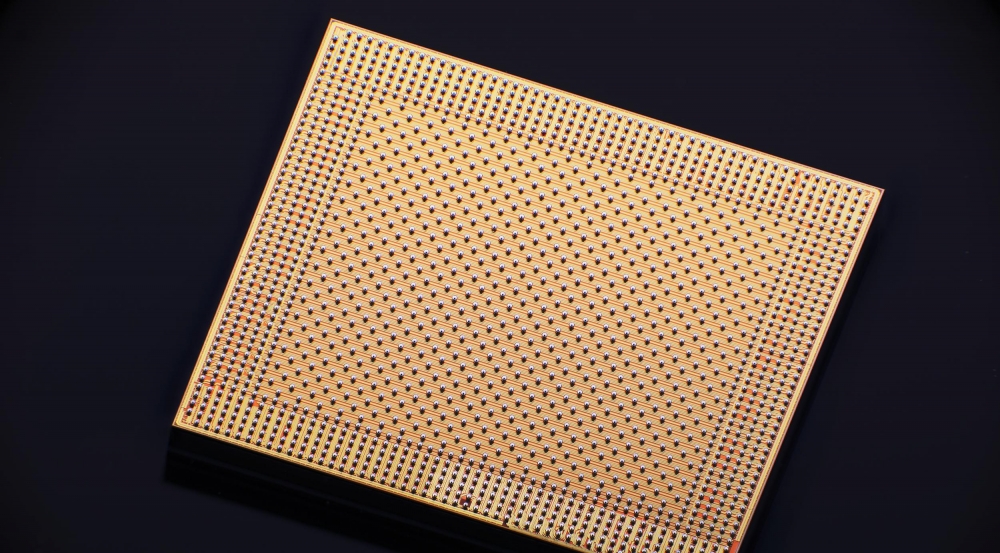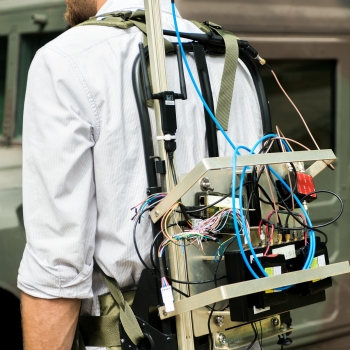Advanced ASIC System on Chip for CLASS

A Lincoln Laboratory research team developed a high-performance, highly power-efficient ASIC SoC (application-specific integrated circuit system on chip) that can perform up to 2 trillion computations per second. This small but powerful SoC is extremely useful for many low–size, weight, and power mobile military communication devices, such as handheld radios or communication systems on small platforms like unmanned aircraft.
This SoC, developed for DARPA's Computational Leverage Against Surveillance Systems (CLASS) program, can enable advanced and computationally intensive digital signal processing techniques. For example, the CLASS SoC has been used in a protected communication system that Lincoln Laboratory has built and demonstrated. The ASIC SoC allows this system to shield communications in a way that requires adversaries to use supercomputer-level processing to intercept them.
